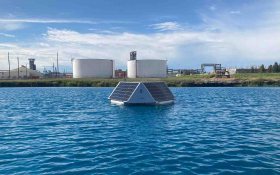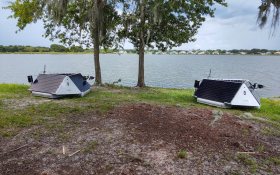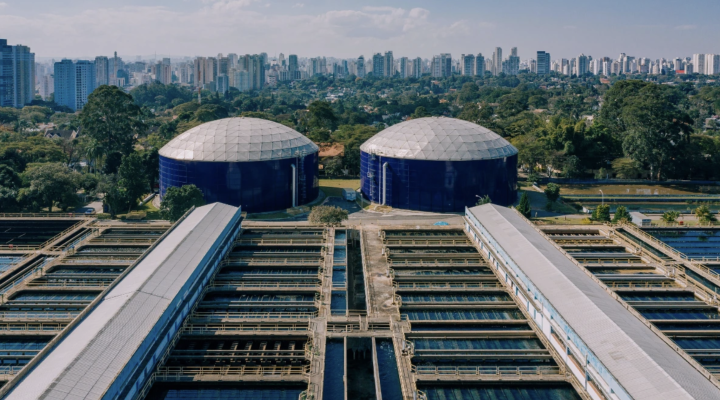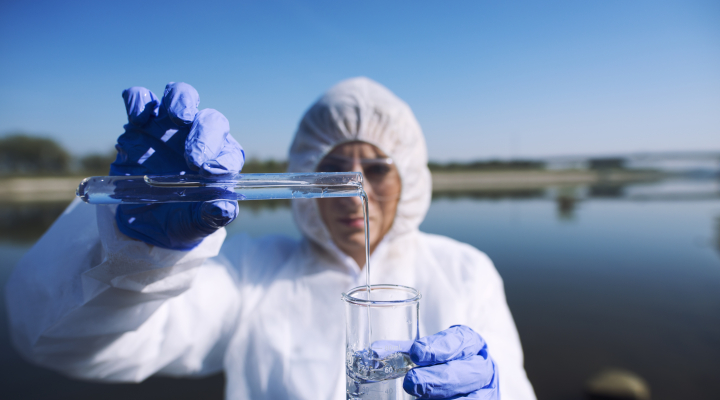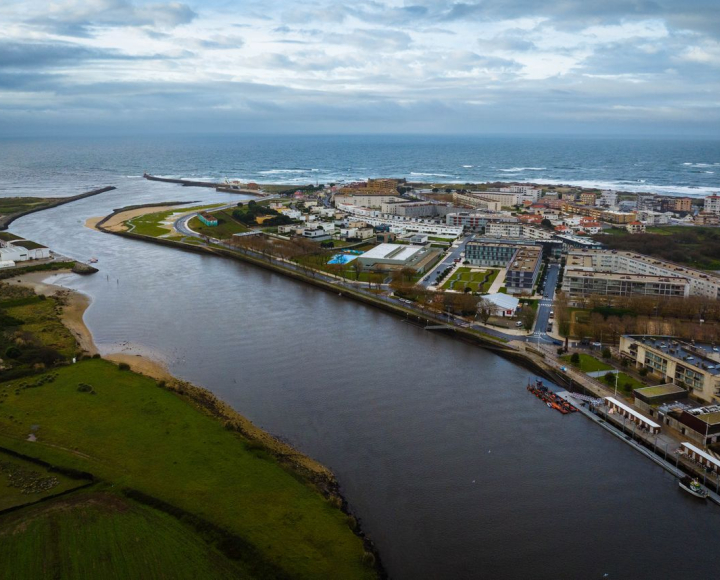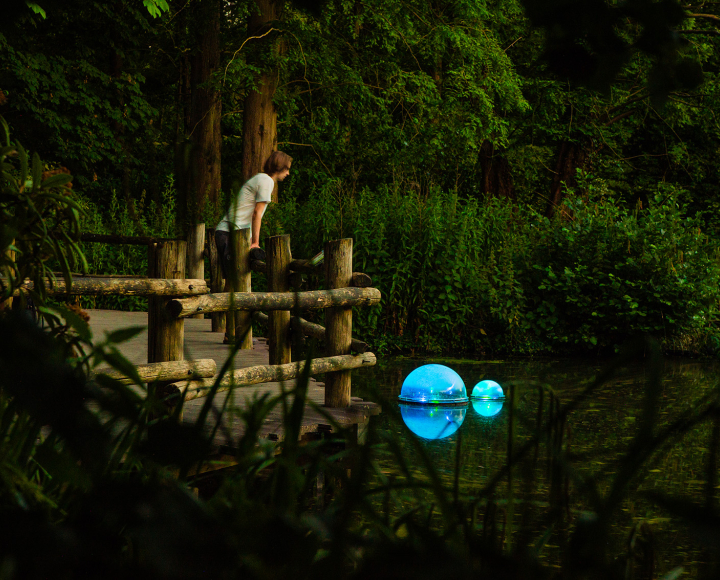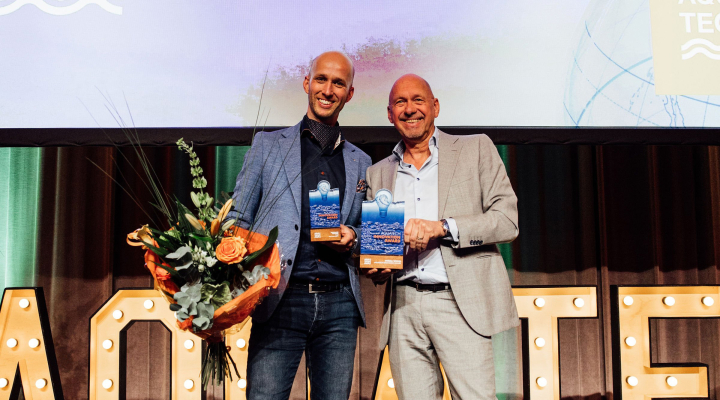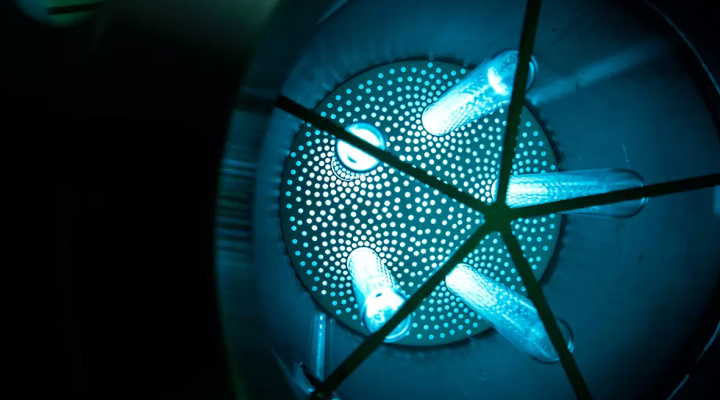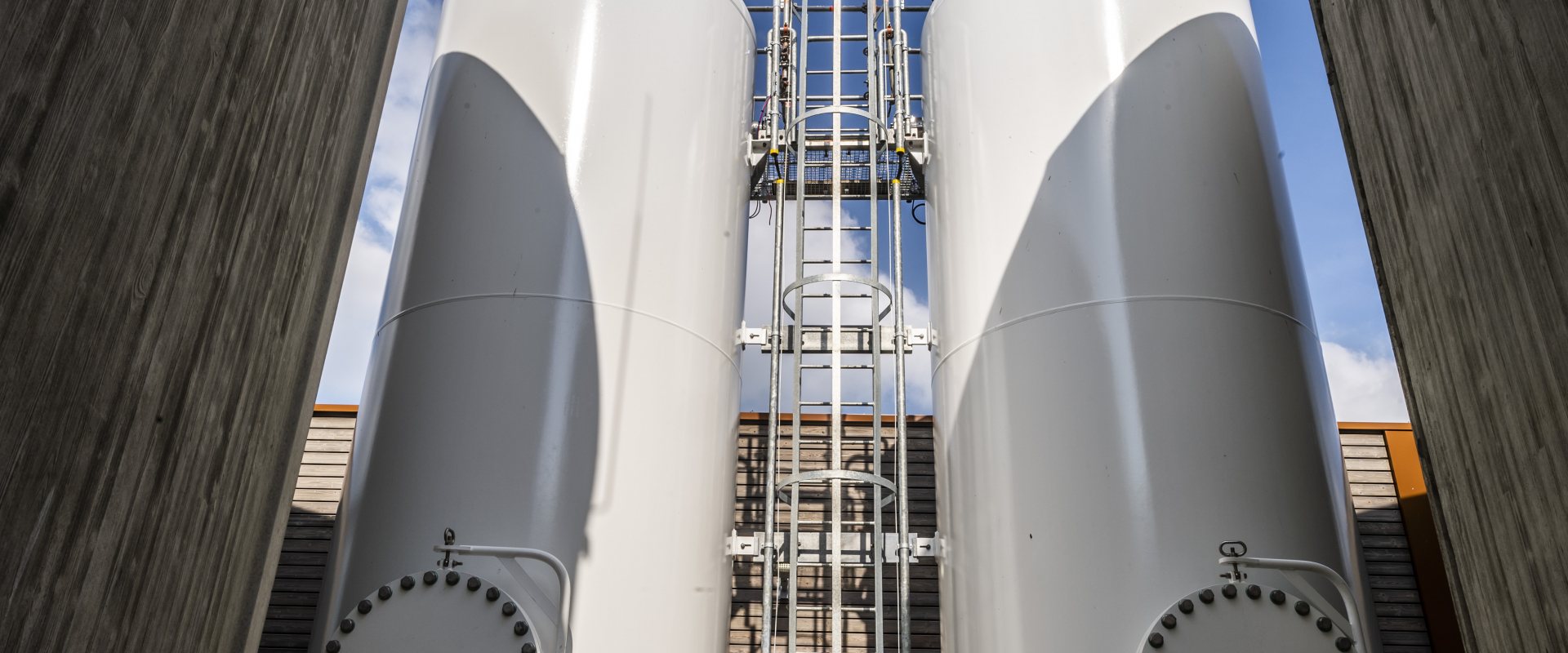
Google NL switches to surface water for its datacentre cooling
North Water and Google Nederland announced the start-up of a new water treatment plant that supplies cooling water to Google’s datacentre in Eemshaven (Eems harbour), the Netherlands.
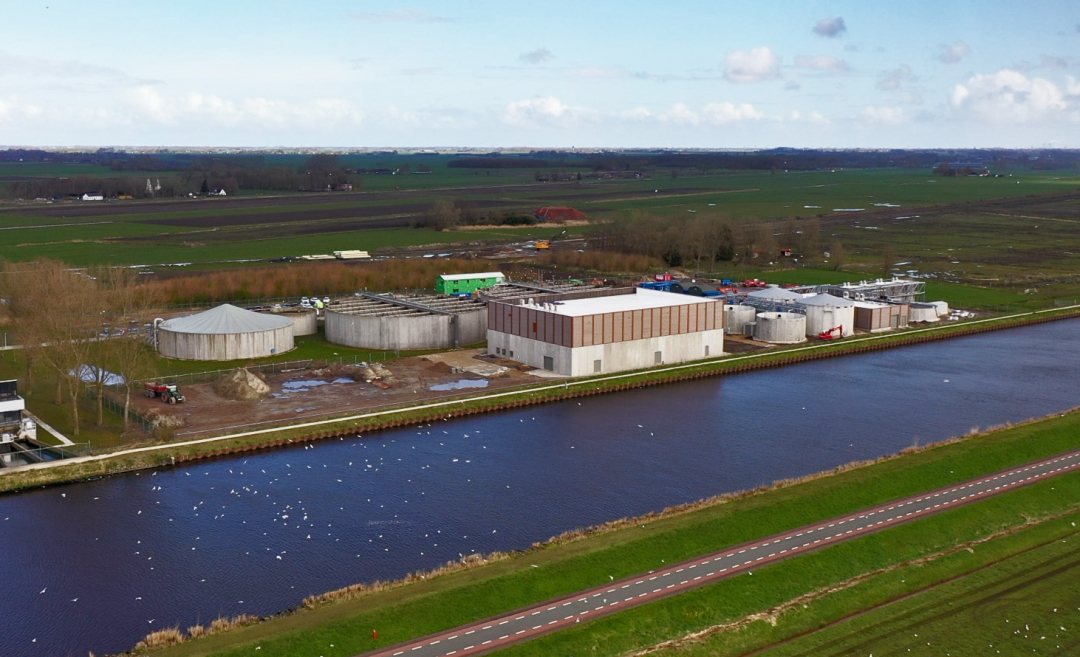

Launching customer
The plant has been designed to supply process water to industries located in the harbour area. By using water from a nearby canal, North Water enables the industries to make a switch from using groundwater to surface water.
Google NL is the launching customer and invested 45 million euro in the project that included the construction of the treatment plant and a 28 km long transport pipeline. The plant treats the canal water using coalugation by dosing iron, followed by tilted plate separators and a sand filter. In its current configuration the plant can produce up to 10 million m3 process water annually.
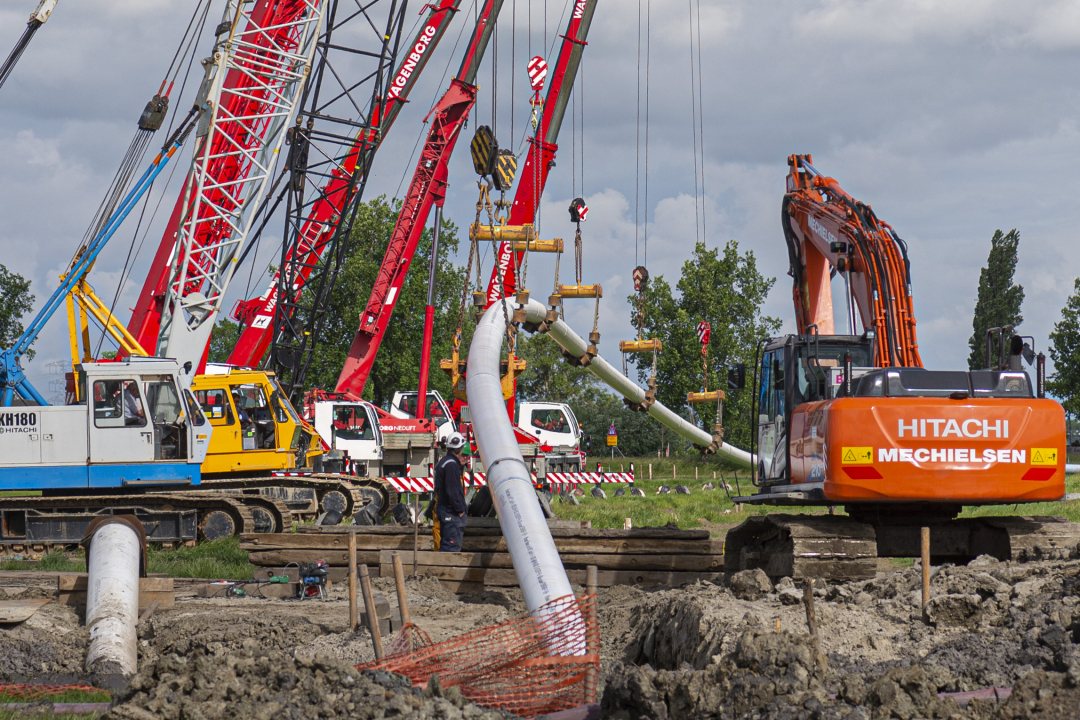

Less use of groundwater
North Water is a subsidiary of the local water utility Waterbedrijf Groningen that started a campaign to reduce the use of groundwater following a period of very dry summers in the Netherlands.
Waterbedrijf Groningen has future concerns over the sustainable use of groundwater. Climate change is expected to cause more long dry summers. As a result, the water demand is expected to increase and more groundwater has to be pumped up. At the same time, these longer dry spells will reduce the recharge of the groundwater and levels will gradually lower. Being close to the sea, this increases the risk that groundwater wells may salinize.
The water utility started a public campaign on consumer water saving and also started a strategy to be able to expand the supply of process water to new industries without having to increase groundwater extractions. The production of process water from surface water is such an option.
North Water is able to produce process water for 1 euro/m3 which is comparable to the tariff for the supply of drinking water by Waterbedrijf Groningen.
Reuse of wwtp effluent
The new plant is located at the site of a waste water treatment plant near the city of Groningen. The selection of this location reflects the consideration of using treated municipal waste water as a source for process water.
Both North Water and Google disclosed this future option during the presentation of the new plant. However, the option needs to be investigated in more detail first. Especially on the aspect of water quality as the effluent will have to be transported over a long distance.
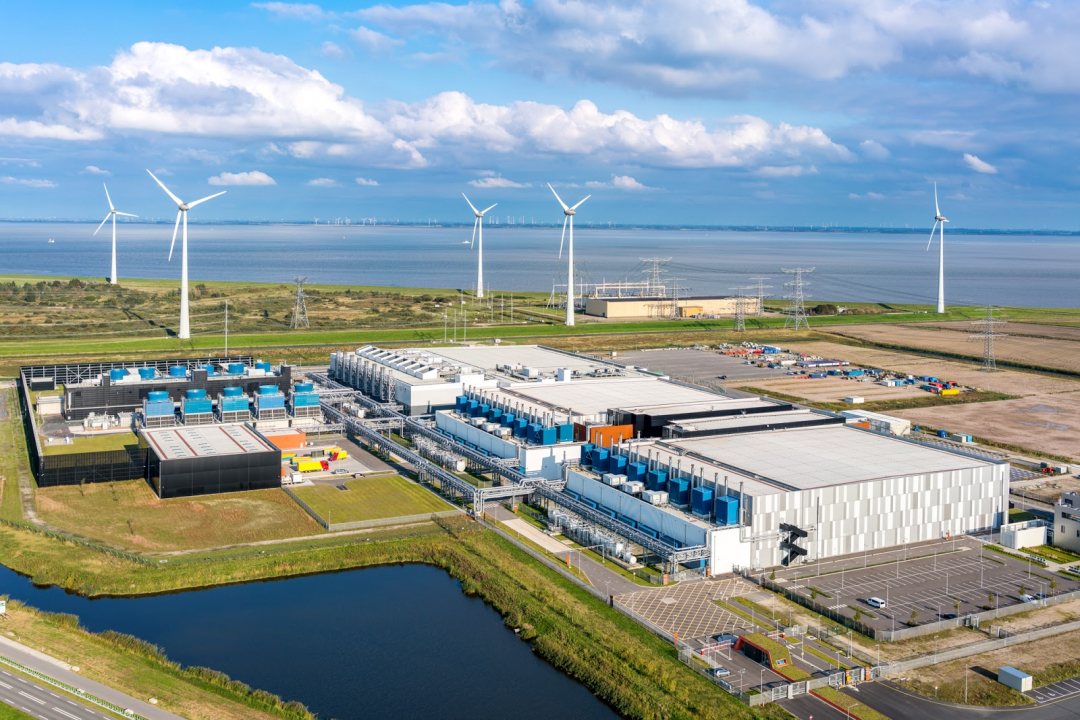

More options
Google considered several other options to make the use of cooling water at its data centre more sustainable. One of these options was the use of sea water as the data centre is situated in a port area. ‘We looked at desalination,’ explained Google NL portfolio manager Rita Margarido, responsible for the company’s energy and location strategy. ‘However, desalination with reverse osmosis requires a large amount of energy and would present a challenge on the byproduct disposal.’
According to Margarido desalination technology has evolved rapidly over the last years. ‘Five years ago when we started looking at alternatives the technological progresses on desalination was even more challenging. Today, we would not fully discount it for the future in one of our projects as the technology gets more developed and more efficient’, she added.
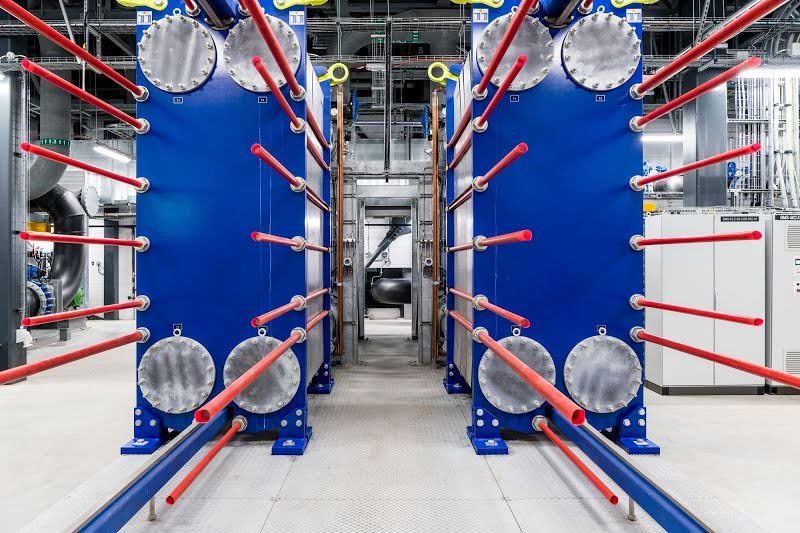

Carbon neutral
Margarido also mentioned the linkage of sustainable water use to the aim of Google to use 24/7 CO2-free energy in all its data centers and offices by 2030. ‘We use water as an energy-efficient way to regulate the temperature of the equipment and servers. In this way we limit the use of chillers and as a result limit electricity to a minimum’.
The data centre uses two forms of water cooling: closed and open systems. ‘With this method we can reduce water consumption by more than 50 percent compared to the alternative method of one-time cooling’, said Margarido.




